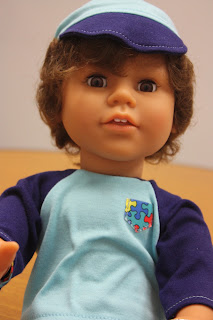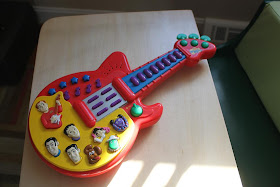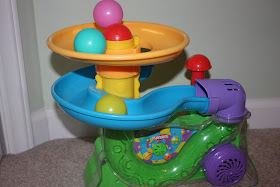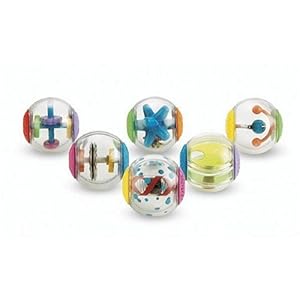Siblings of children with autism often feel left out or short on attention. It is hard for them to understand the differences in their brother or sister and it is quite a struggle to explain things in an appropriate way. I am always drawn to products that are developed by parents and other family members of individuals with autism. These dolls caught my attention and now that I know more about them, I am set on sharing them with others.
 |
| Unique stories included with each doll |
 The dolls to choose from are boys and girls and also include many different ethnic backgrounds; allowing you to chose one that your child will most identify with.
The dolls to choose from are boys and girls and also include many different ethnic backgrounds; allowing you to chose one that your child will most identify with.
| Autism awareness stitched on clothing, bracelets and headbands of the dolls. |
This is a wonderful resource for so many families. In addition to raising awareness for siblings, work experience is gained through the packaging of these dolls. Here is the information about this wonderful program from the My Sibling Dolls site:
The My Sibling/My Pal Work Experience Program™ provides work opportunities for teens and adults with disabilities: dressing, accessorizing, packaging, labeling of dolls; packaging, labeling and assembly of our other products, such as autism awareness items. We have developed relationships with public and private schools and adult programs who want real job experiences for their students and adult workers.
Read more and find out how to order one as well at: http://www.mysiblingdolls.com/
'My Sibling Dolls' were created by an amazing woman, with an even more amazing story. Her life has been one of struggles, trials and tribulations but overcoming so much she is now an advocate extraordinaire.
Read about Loretta's story here: http://www.mysiblingdolls.com/index.php?option=com_content&view=article&id=19:lorettas-story&catid=41:mysiblingcompany&Itemid=89
-Abby














































